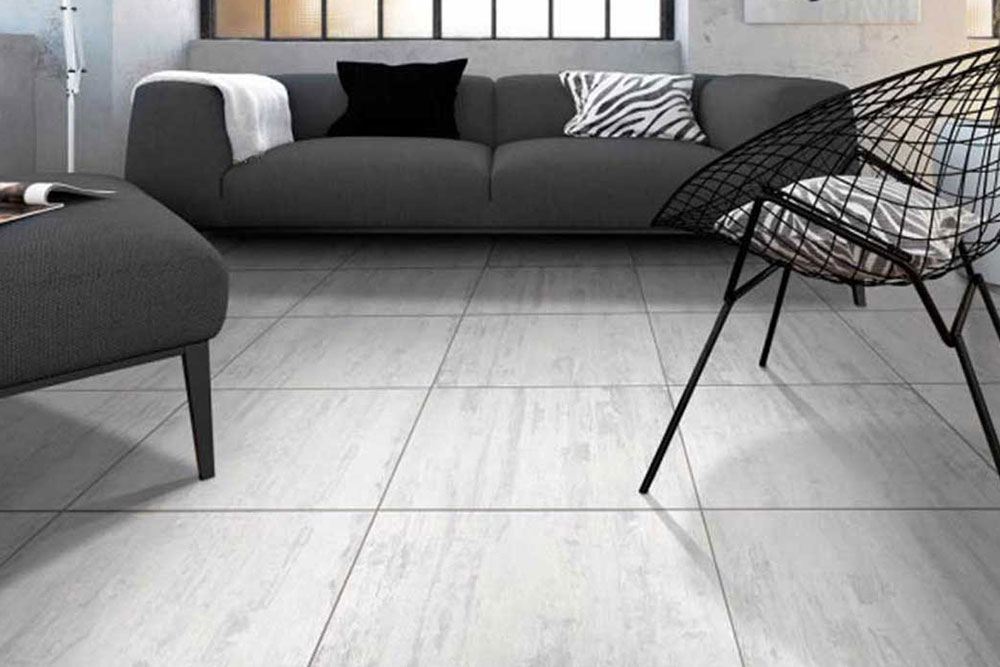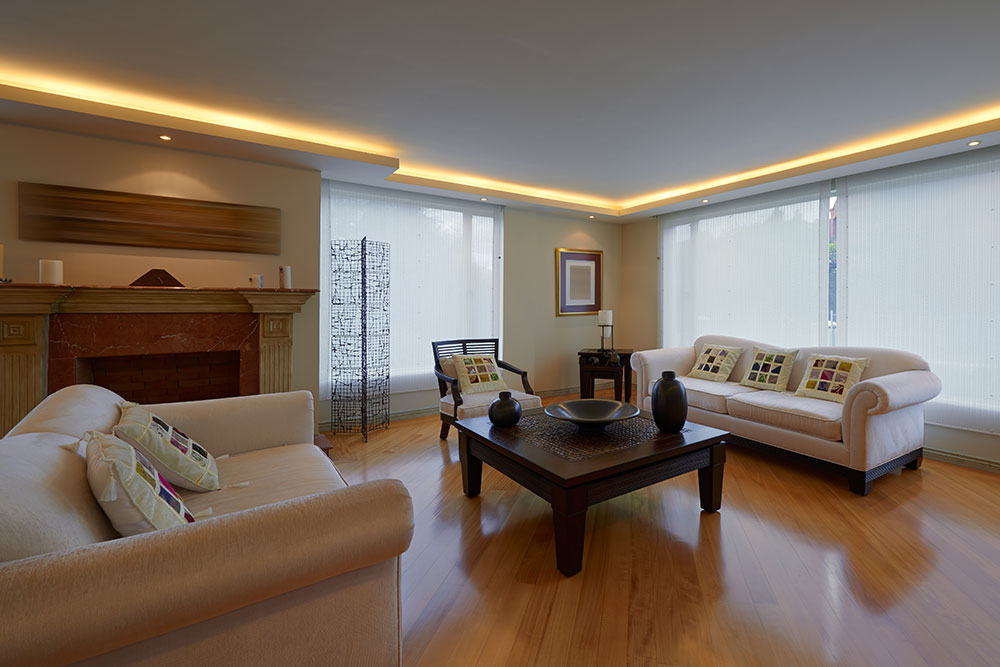The correct flooring material can elevate and dramatically change the look of your home. Most Indian homeowners ordinarily think of traditional flooring like marble, granite and mosaic. However, there are a number of flooring options available out there. Today we are spoilt for choice for our flooring. As city apartments are becoming smaller in size, it is important to take factors like cost, durability, aesthetics, and ease of maintenance into consideration.
Each of the following options have their own merits and are ideal for the Indian home.
Ceramic and Porcelain tiles

Ceramic and porcelain tiles are one of the most common tiling options for city apartments. These are available in in a variety of sizes, colours, patterns and textures. Both these tiles are made with clay, and are easy to maintain, but porcelain tiles have more durability and are denser than ceramic tiles. We recommend using Group-4 or Group-5 ceramic tiles which are suitable for light and moderate traffic. The different types of porcelain tiles include unglazed, glazed, joint-free or rectified tiles, and digital tiles.
Vitrified Tile Flooring

Vitrified flooring tiles are composed of a mixture of clay and other minerals like silica, quartz and feldspar baked at high temperatures. Generally coated with an external glaze, these tiles have a low water absorption rate and are durable. They come in a large variety of designs, colours, prints and textures. An affordable option suitable for both interior and exterior use, vitrified tiles are available in glossy, matte and anti-skid finishes.
Bamboo Flooring

Suitable for moderately dry weather conditions, bamboo is a natural and sustainable material, and it resembles hardwood flooring. Bamboo flooring is fairly easy to maintain as it is water and stain-resistant and can bring a sophisticated feel to your home decor. The only con is that scratches inevitably find a place on it. Humid weather can cause the bamboo planks to plump up, so it’s best used in moderately dry conditions.
Wooden Laminate Flooring

Laminated flooring is a multi-layered synthetic material, which is an affordable alternative to hardwood flooring. Floating wood or laminated wood tile is extremely simple in installation. This type of flooring is lightweight, stain-resistant and is available in a vast range of designs. The only drawback to this flooring is that it can be very slippery when wet.
Natural Stone

Natural stone adds an element of charm, warmth and loads of texture to the home decor, and is perfect for introducing a cooling element to beat the Indian summers. The choice of colours provides almost unlimited options that can be matched to suit different colour schemes. Some popular materials are granite, marble, limestone, slate and travertine. The capability of the stone to resist moisture and staining depends on its hardness. Softer stones such as sandstone and limestone must be finished every few years with a stone sealer. Harder stones, such as granite and marble, should be sealed every four to five years.
Hardwood

Rustic wood flooring in different varieties of wood like oak, cherry, maple, mahogany, and walnut is appealing on a practical level too. It infuses an element of luxury and warmth. Floors that are already made to look aged will better accommodate the passage of time and its inherent damage. This type of flooring is durable. It is essential to use seasoned wood for the hardwood flooring, otherwise the flooring may retain moisture and attract termites.
Concrete Flooring

Concrete is a made of cement, rocks, granite chips, and other material. Flooring done in concrete is sturdy and probably among the most durable types of flooring. Concrete flooring is largely damage-resistant, except for slight chipping, and scratching due to wear and tear. However, moisture can adversely affect this floor with cracks and craters.